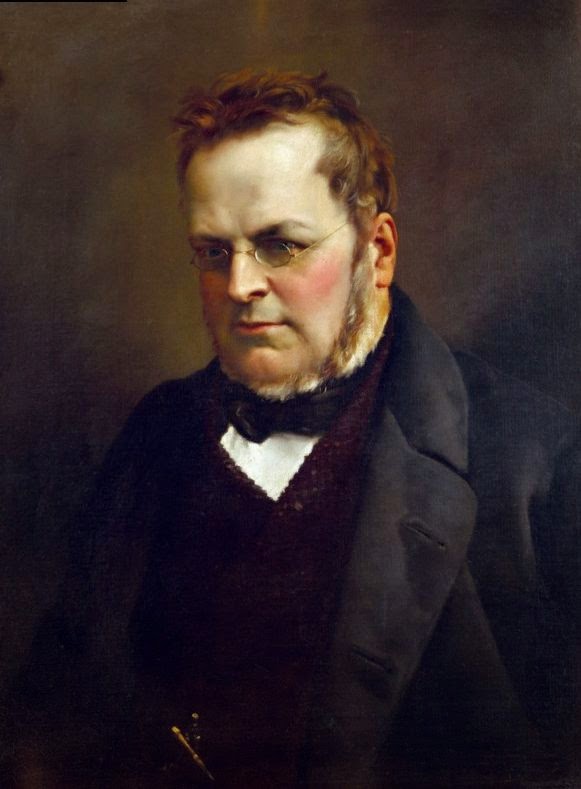 |
| The proclamation of the German Empire, Hall of Mirrors, Versailles 18 January 1871 |
As well as the textbooks mentioned in previous posts, I have used the Britannica CD ROM (2001), Christopher Clark's excellent Iron Kingdom: The Rise and Downfall of Prussia 1600-1947 (Allen Lane, 2006), Steinberg Bismarck: A Life (Oxford University Press, 2011) and Hannah Pakula, An Uncommon Woman: The Empress Frederick, Daughter of Queen Victoria, Wife of the Crown Prince of Prussia, Mother of Kaiser Wilhelm II (Phoenix Press, 1997). Go here for an excellent discussion on Bismarck in Melvyn Bragg's 'In Our Time'.
The kings of Prussia
.jpg) |
| Frederick I of Prussia in his coronation robes (1701) Public Domain |















